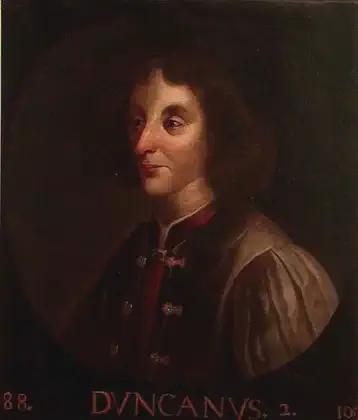On November 12, 1869 in Celtic History
The edinburgh seven, edinburgh university became the first in britain to allow women to study medicine

Edinburgh University became the first in Britain to allow women to study medicine (though not graduate).
The Edinburgh Seven were the first group of matriculated undergraduate female students at any British university.
They began studying medicine at the University of Edinburgh in 1869 and, although the Court of Session ruled that they should never have been admitted, and they did not graduate or qualify as doctors, the campaign they fought gained national attention and won them many supporters, including Charles Darwin.
Their campaign put the demands of women for a university education on the national political agenda, and eventually resulted in legislation to ensure that women could be licensed to practice medicine in 1876 (UK Medical Act 1876).
The group was also called the Septem contra Edinam (“Seven against Edinburgh”, in reference to the Seven against Thebes of Greek mythology).
Although over the four-year campaign some of the original seven left and others joined, the following women became known as the Edinburgh Seven:
Sophia Jex-Blake
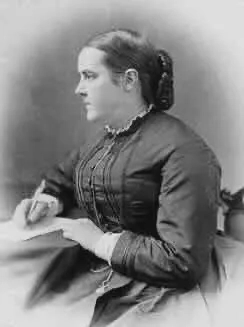
Sophia Louisa Jex-Blake (21 January 1840 – 7 January 1912) was an English physician, teacher, and feminist.[1] She led the campaign to secure women access to a university education, when six other women and she, collectively known as the Edinburgh Seven, began studying medicine at the University of Edinburgh in 1869. She was the first practising female doctor in Scotland, and one of the first in the wider United Kingdom of Great Britain and Ireland; a leading campaigner for medical education for women, she was involved in founding two medical schools for women, in London and Edinburgh, at a time when no other medical schools were training women.
Isabel Thorne
Isabel Jane Thorne (née Pryer; 22 September 1834 – 9 October 1910) was an early campaigner for medical education for women. Mrs Thorne, as she was known, was a member of the feminist Edinburgh Seven, who campaigned and succeeded in securing the right by statute for women to be educated to qualify as doctors.
An exemplary Victorian, Thorne’s dedication to duty and service was a precursor for the more violent campaigns of the suffragettes to achieve full enfranchisement for women.
Edith Pechey Phipson
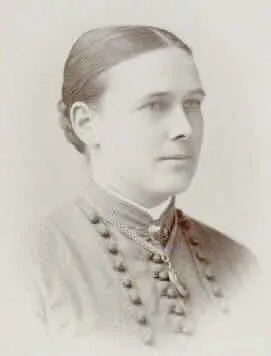
Mary Edith Pechey (7 October 1845 – 14 April 1908) was one of the first women doctors in the United Kingdom and a campaigner for women’s rights. She spent more than 20 years in India as a senior doctor at a women’s hospital and was involved in a range of social causes.
Matilda Chaplin
Matilda Charlotte Ayrton (née Chaplin; 22 June 1846 – 19 July 1883) was an English physician, was born at Honfleur, France of English Parents.
She studied medicine in London, Edinburgh and Paris, pursuing higher studies at the latter’s universities, and is one of the Edinburgh Seven, the first seven matriculated undergraduate female students at a British university.
She travelled to Japan, where she opened a school for midwives, and was an author of anthropological studies.
Helen Evans
Helen de Lacey Evans (née Carter; 1833/1834 – 4 October 1903) was the fifth member of the Edinburgh Seven, a group of women who enrolled at the University of Edinburgh in 1869, and who sought to qualify as physicians.
She married the editor of The Scotsman, Alexander Russel and was mother to the suffragist and feminist campaigner Helen Archdale.
Mary Anderson
Mary Adamson Marshall (née Anderson; 1837–1910) was a physician and a member of the Edinburgh Seven, the first women to study medicine at the University of Edinburgh
She was born on 17 January 1837, in Boyndie, Banffshire, Scotland
Marshall was a senior physician at the New Hospital for Women, Marylebone.
Emily Bovell
Emily Bovell, born in Trinidad in 1843 (21 February 1841–April 1885) was a physician and credited as one of the original members of the Edinburgh Seven.
She later moved to Britain to pursue a medical education, worked as a physician and became involved in public health advocacy.
After qualification she worked at the New Hospital for Women in Marylebone Road, London and in Paris.
The French government award her the Officier des Ordre des Palmes Académiques for services to medicine.
Her husband was the neurologist William Allen Sturge, and continued her medical career in India.
Dr James Barry
But a woman, masquerading as Dr James Barry, actually took a medical degree at Edinburgh University in, 1812 and became an army surgeon.
Dr. James Barry was a military surgeon in the British Army during the 19th century. What makes Dr. James Barry notable is the speculation and evidence suggesting that he was, in fact, a woman named Margaret Ann Bulkley, who had adopted a male identity to pursue a career in medicine, a field largely closed to women at the time.
Margaret Ann Bulkley assumed the identity of James Barry in order to attend medical school and pursue a career as a physician. She managed to keep her true gender a secret throughout her life, and it was only revealed after her death in 1865 when the charwoman who prepared her body for burial discovered her female anatomy.
The reasons for adopting a male identity are not definitively known, but it is speculated that the barriers to women in medicine and the military during the 19th century played a significant role. Dr. James Barry’s life is a fascinating and unique chapter in the history of women’s struggle for recognition and equality in the medical profession.
More From This Day
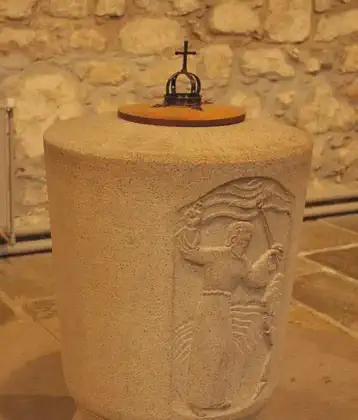
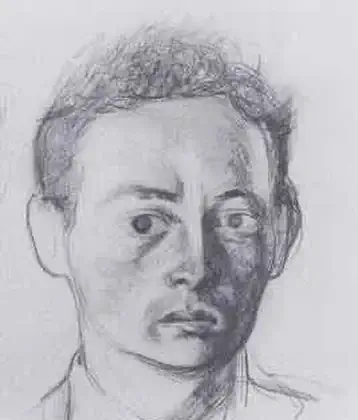
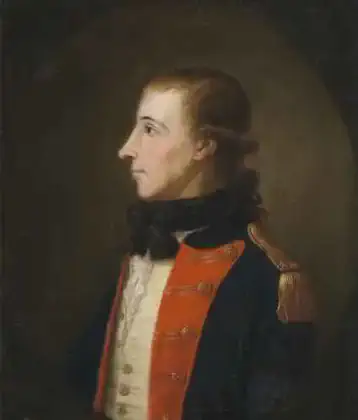
Hours before his execution, Irish Rebel, Wolf Tone suffers a deep wound in his neck
November 12, 1798
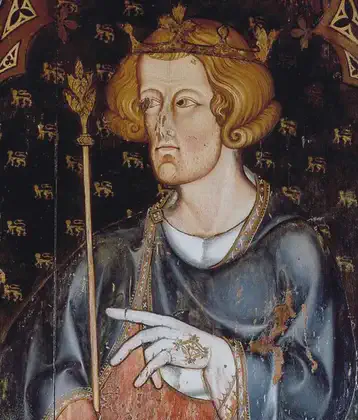
Edward 1 of England rejects peace offers and launches war on Llywelen ap Gruffydd
November 12 , 1276
